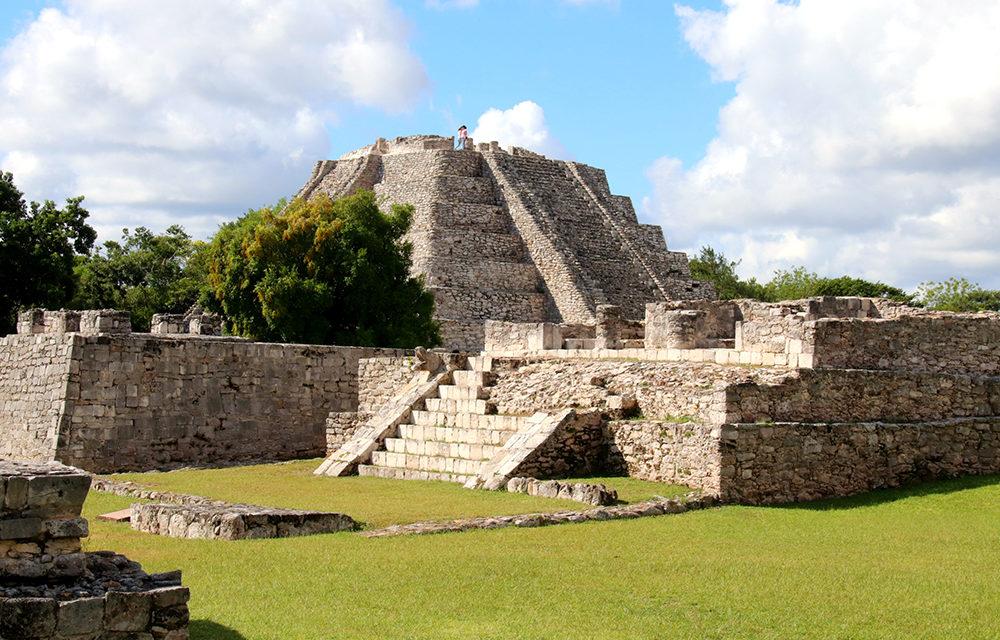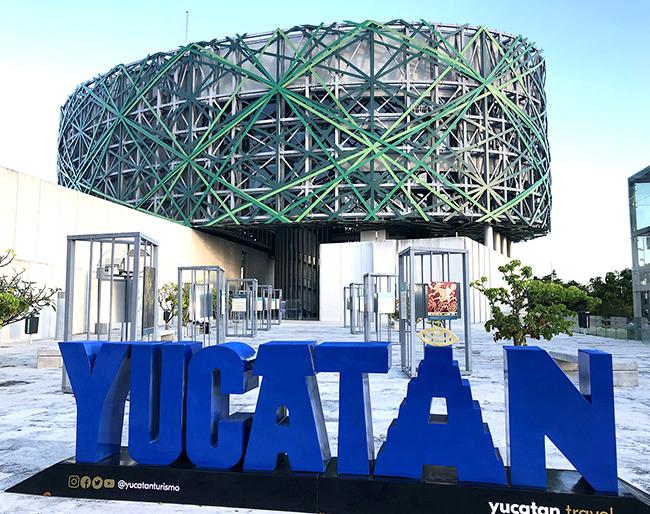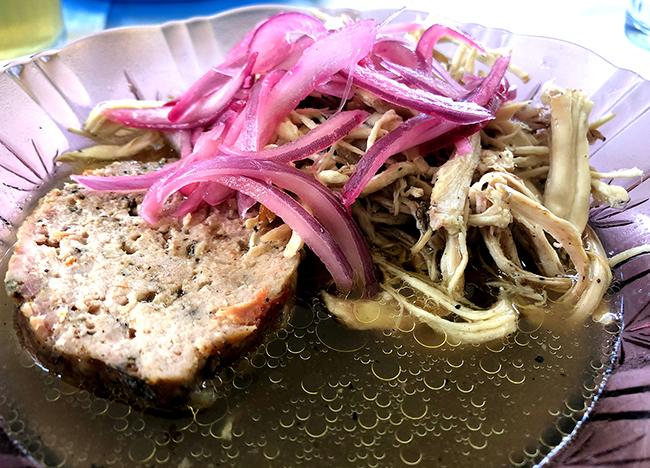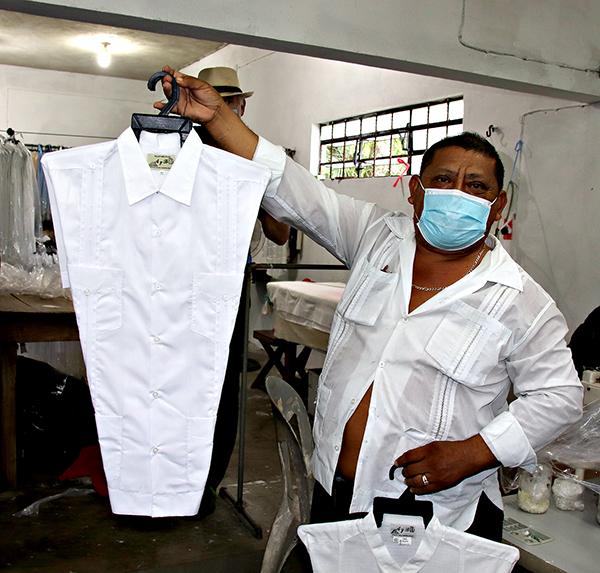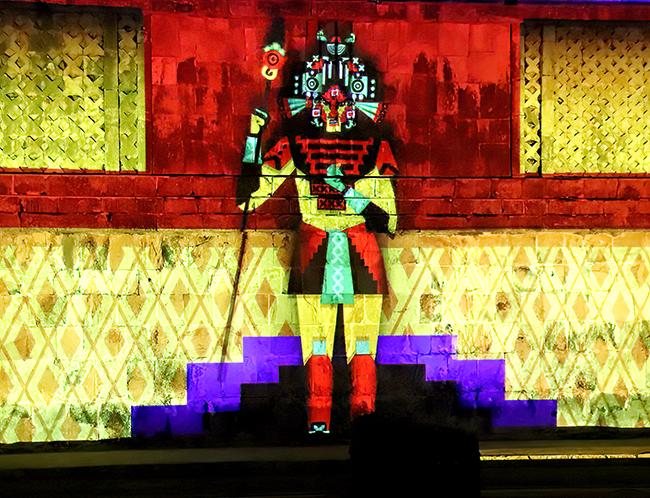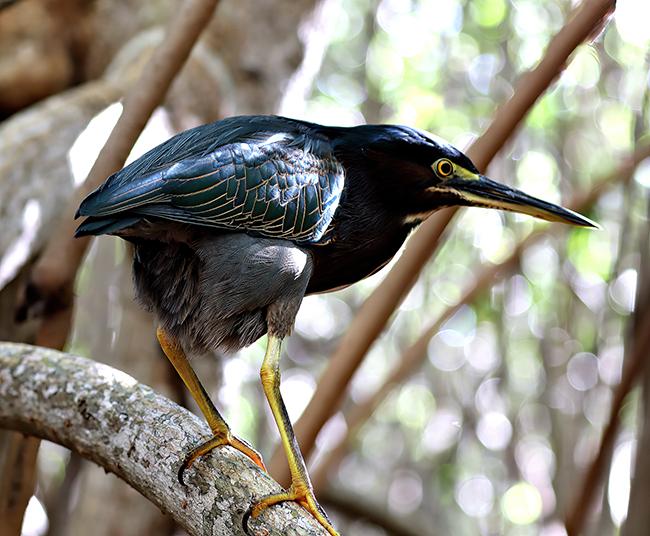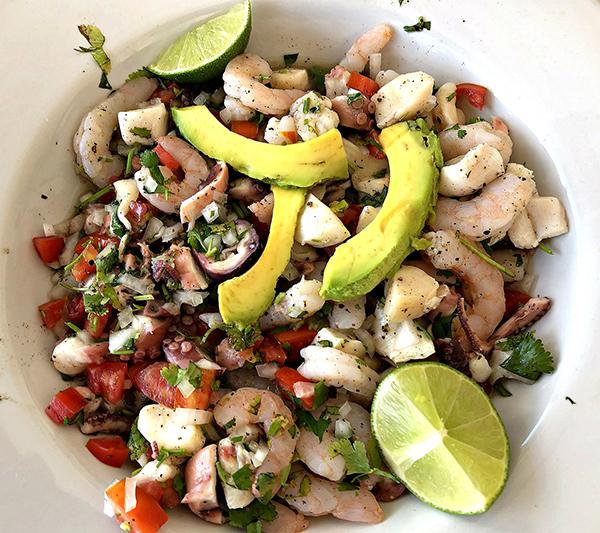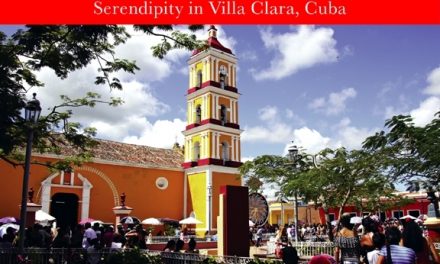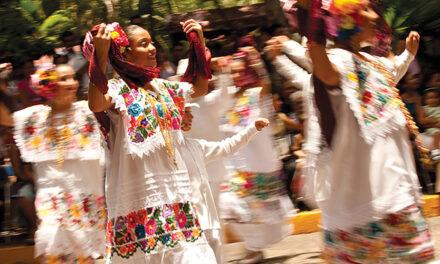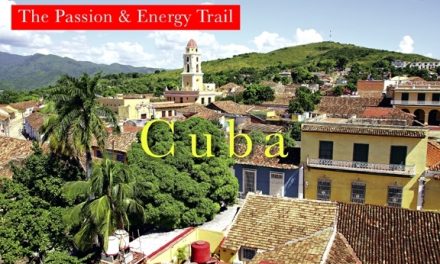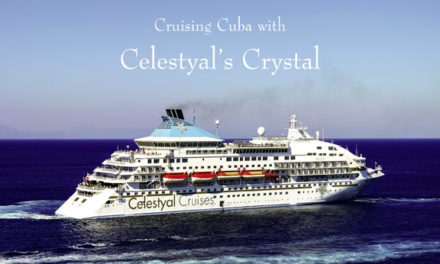Mexico
Son Pa’l Corazon: Discover Mexico’s Yucatán
Article and photography by Steve Gillick
In the historic centre of Mérida, a slogan appears on the wall of the restaurant, Micaela Mar y Leña. “Son Pa’l Corazon” literally means “they are for the heart”, but the words can refer to “music for the heart”, “food for the soul” or “travel that fills you with happiness”. The expression connotes a feeling of joy and fulfillment, two words that are no strangers when describing the unique quality of Mexico’s Yucatán State.
On a first visit in 2019 (https://worldtraveler.travel/mexicos-magical-yucatan-state/), we explored Mérida, Valladolid, Izamal, the Celestún Biosphere Reserve, and Chichen Itza. On a second trip in 2021, further interactions were captivating!
From our base in Mérida, we traveled to Mayapan, one of the last of the 60,000 sites occupied in the Mundo Maya. While Chichen Itza, about 100 km away, attracts thousands of visitors on day trips from Cancun and area, Mayapan is a tranquil, inviting alternative (150-500 visitors per day), filled with archeological wonders.
The word ‘Mayapan’ literally means “the flag of the Mayas” and derives from one of the frescoes at the Temple of Kukulcan, showing a man holding a flag or banner. The 30-meter high temple can be carefully ascended by 60 narrow steps, with dynamic views from the top. The round Calendar Temple, the Temple of the Fisherman, and a series of stone platforms incorporate Mayan numerology that celebrates the connection between the earth and the sky, while the local cenotes and caves link the material world with the underworld.
Uxmal, the magnificent UNESCO World Heritage Site, is about a 90-minute drive from Mayapan. History comes alive at the evening Sound and Light show, with colorful images projected on the Governor’s Palace, the 40 meter-high Pyramid of the Magician, the Nunnery Quadrangle, and the Ballcourt, depicting Uxmal’s stories and legends. At present, the narration is only available in Spanish, but translations into several other languages are in the works.
And in between Mayapan and Uxmal, visitors can bond with the Yucatán!
We passed through the yellow arch announcing that we were in Tekit, “the capital of the Guayabera”, the traditional shirt worn by Mexicans. We visited Don Isidro’s small, family-owned Guayabera Factory to appreciate the process and detail involved.
With the emphasis on community tourism, we met members of Yaax Tekit, the local cooperative. They offer educational programs to schools and visitors, including agrotourism (lemons, oranges, pumpkins, corn, sour oranges and dragon fruit), bird watching, baking, cross-stitching (sewing), and swimming in the cenotes. At the Panaderia de Don Cay, the coop bakery where workshops are conducted, thoroughly tempting smells wafted from the traditional stone oven. Our salivations were rewarded with hot fresh buns filled with Salchicha, sausage and cheese.
In El Solar, a traditional Mayan garden, Anna spoke about her passion for nature. She told us that her grandfather came to the house one day, hugged an avocado tree, and explained that it would not take long for the fruit to grow, so she should plan to take care of it. This was her call to action! She showed us how everything in the garden had a purpose: tree bark was used for roofing, fruit attracted pollinating bees, and was eaten in a world where candy did not exist, and medicinal plants were used to treat ailments.
And then Anna showed us her labor of love: Seventy boxes of beehives, each containing 4000-5000 Melipona or stingless bees. She carefully broke the wax seal on one box, opened it, and using a syringe, gave us a taste of pure, sweet honey.
Our local lunch was no less tasty. Sijilpak, pumpkin seeds toasted, smashed and mixed with onion and tomato, served as a spread on tostadas. The main dish was Escabeche; marinated turkey and pork, cooked with onion, and eaten with fresh tortillas (and habanero sauce, of course).
We overnighted at the Uxmal Resort Maya and were greeted by a host of endemic birds the following day: yellow Great Kiskadees, orange Hooded Orioles, and blue Yucatán Jays.
At Yunku, we were welcomed to the Camino del Mayab by our guides Emiliano and Don Rosendo, with the Mayan greeting, “Bishabel”, meaning “How is your road?” They wisely advised that the 120 km route that integrates 17 communities was not just a trail. “It’s a life experience”. And with the enthusiastic call, “Kanesh” (Let’s Go!), we were off to explore a small portion of the Camino.
The slogan of the Camino is “Find your Essence,” with packages ranging from partial days to 5 full days, including a tour guide, food, and overnights in Haciendas, or camping. In addition, nature-based workshops cover birding (over 500 species), biodiversity, cenotes, history, caving, medicinal plants, and more. Those who complete the entire trail enjoy a graduation ceremony at Mayapan, the last stop.
Our local lunch on this day consisted of Codzitos: Hard tacos drizzled with grilled tomato/ oregano and pepper, with Pochuc: Pork cooked with purple onion, orange, avocado, radish, and tomato, and served with tortillas (and Habanero pepper). Our dessert was candied Papaya. So good!
After an overnight in Mérida, we drove 45 minutes to Motul to indulge in Doña Evelia’s world-renowned Huevos Motuleño! Doña Evelia posed for photos and revealed her successful recipe: Tostada, 2 fried eggs, black beans, tomato sauce, onion, garlic, green peas, Habanero chile, and banana. The perfect Yucatán breakfast! A small, colorful market, complete with a shop that produces tortillas, the Motul city sign, and the 16th century Church of San Juan Bautista, make this a true ‘destination breakfast experience’.
In San Crisanto, we visited the mangroves through which the local cooperative manually dug canals for boats, leading to a water spring. When the sun’s rays reflect on the red soil beneath the shallow water, the effect is magical. And as the boat silently slips through the mangroves, Green Herons and Great Egrets hop along the shore, adding to an experience best described by our captain as “Muy Tranquilo”.
Lunch, by the beach, was equally memorable: Fresh Ceviche Mixto: raw, marinated, fresh fish, shrimp and octopus. The slogan of La Palapa Restaurant is “Del mar a tu mesa!”—‘From the sea to your table’. Highly recommended!
Our last visit was Apiturism Sinanché, where stinging honey bees are kept for honey and educational workshops. After tasting 5 types of honey (based on seasonal plants), we donned our beekeeping outfits and, protected from head to toe, visited one of the beehives. Most of us were buzzing about this unique ‘first-time’ experience!
The Yucatán is an exceptional destination, perfectly suited to first-time visitors to Mexico. Michelle Fridman, the State’s Minister of Tourism, noted that “Cancun may have thousands of rooms, but the Yucatán has thousands of Flamingos”, and while Cancun is 50 years old, “the Yucatán has been around for 64 million years”. This is a State where nature, cenotes, community, history, food and Mayan culture are the major resources.
Emeliano, our guide on the Camino del Mayab possibly said it best. “I feel like a switchboard operator with the ability to plug clients into so many different and exciting experiences”. In a day and age when travelers are looking to connect and interact with destinations, the Yucatán is a perfect holiday choice.
www.yucatan.travel

